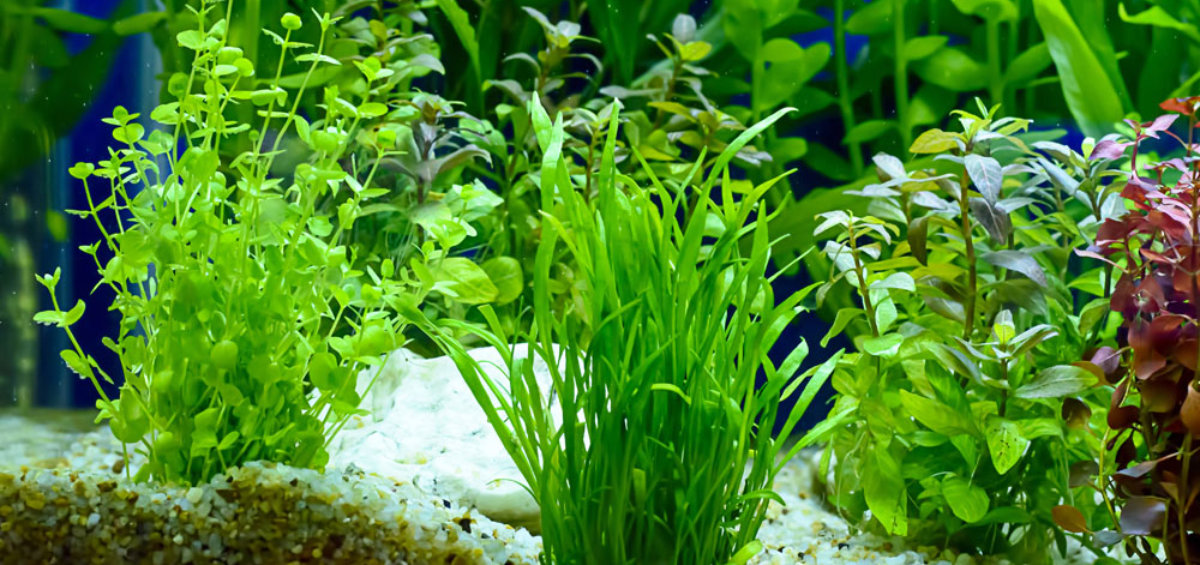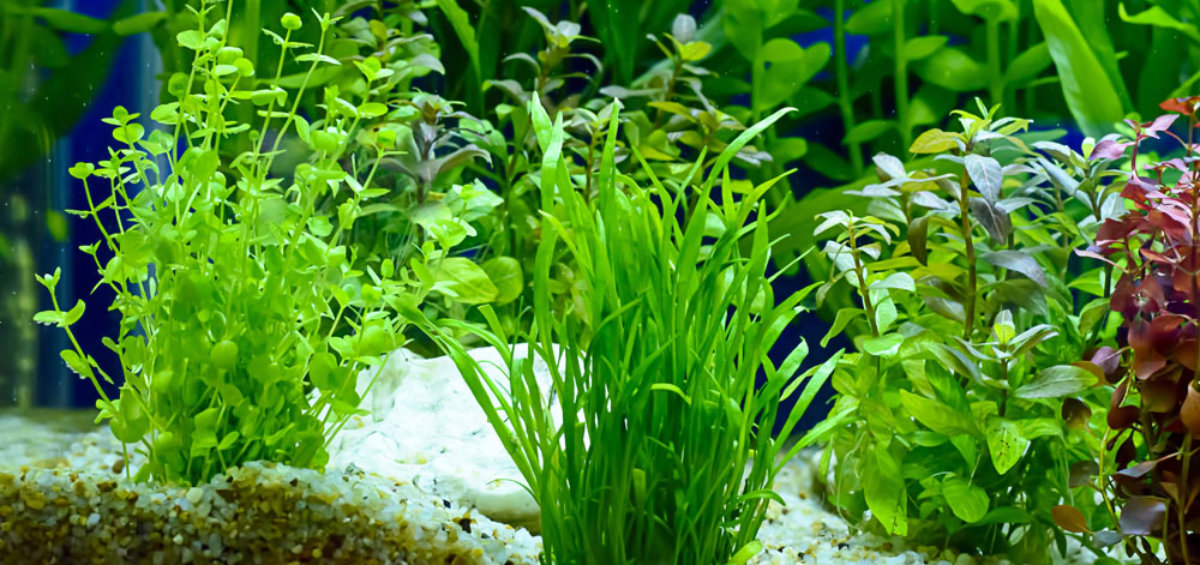Types of Aquatic Plants
Aquatic plants can be broadly classified into four categories based on their growing conditions and structural characteristics:
Floating Plants: Floating plants are not anchored to the substrate and can move freely on the water surface. They absorb nutrients directly from the water through their leaves. Common examples include:
Duckweed (Lemna minor): One of the smallest flowering plants, duckweed forms dense mats on the water surface, providing food and habitat for wildlife.
Water Hyacinth (Eichhornia crassipes): Known for its beautiful lavender flowers, this plant can cover large water bodies, helping to control water pollution.
Submerged Plants: These plants are entirely underwater, rooted to the bottom with only their flowers occasionally emerging above the surface. They play a key role in oxygenating the water and providing habitat for aquatic creatures. Examples include:
Eelgrass (Vallisneria spiralis): This ribbon-like plant is a favorite in aquariums due to its low maintenance and high oxygen production.
Hornwort (Ceratophyllum demersum): Often used in aquariums and ponds, plants that grow in water hornwort helps control algae growth by absorbing excess nutrients.
Emergent Plants: Emergent plants are rooted in the substrate under the water but have stems and leaves that extend above the water surface. They are vital for shoreline stabilization and providing habitat. Examples include:
Cattails (Typha spp.): These tall, reed-like plants are commonly found in wetlands and are known for their distinctive brown flower spikes.
Lotus (Nelumbo nucifera): Revered in many cultures, the lotus produces large, fragrant flowers and floating leaves that provide shade and habitat in ponds.
Marginal Plants: Marginal plants grow at the edges of water bodies, often in shallow water or wet soil. They help prevent erosion and filter runoff. Examples include:
Iris (Iris pseudacorus): This hardy plant is known for its vibrant yellow flowers and is often used in water gardens.
Pickerelweed (Pontederia cordata): With its striking blue-purple flowers, pickerelweed adds beauty and supports pollinators in wetland areas.
Benefits of Aquatic Plants
Aquatic plants offer numerous ecological, aesthetic, and practical benefits:
Water Quality Improvement: They help filter pollutants, absorb excess nutrients, and reduce algae growth, leading to clearer, healthier water.
Erosion Control: By stabilizing the substrate, aquatic plants prevent shoreline erosion and protect against flooding.
Biodiversity Support: Aquatic plants provide food, shelter, and breeding grounds for a variety of aquatic and terrestrial species, enhancing biodiversity.
Oxygenation: Submerged plants release oxygen into the water, which is crucial for the survival of fish and other aquatic organisms.
Aesthetic Appeal: The diverse colors, shapes, and sizes of aquatic plants add visual interest and beauty to ponds, lakes, and water gardens.
Popular Aquatic Plants for Home Use
For those interested in cultivating aquatic plants at home, either in water gardens or aquariums, some popular choices include:
Water Lily (Nymphaea spp.): Known for their stunning, fragrant flowers, water lilies are a centerpiece in many ponds.
Anubias (Anubias barteri): A hardy, low-maintenance plant, water plants Anubias is ideal for aquariums and can thrive in low light.
Amazon Sword (Echinodorus bleheri): This popular aquarium plant is known for its large, sword-shaped leaves and easy care requirements.






Comments